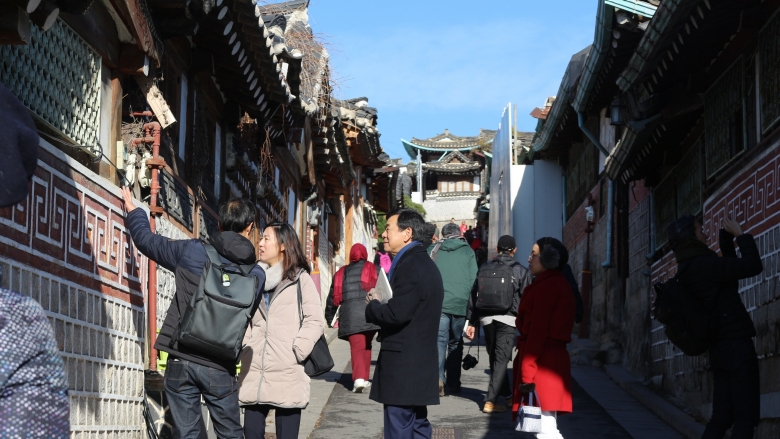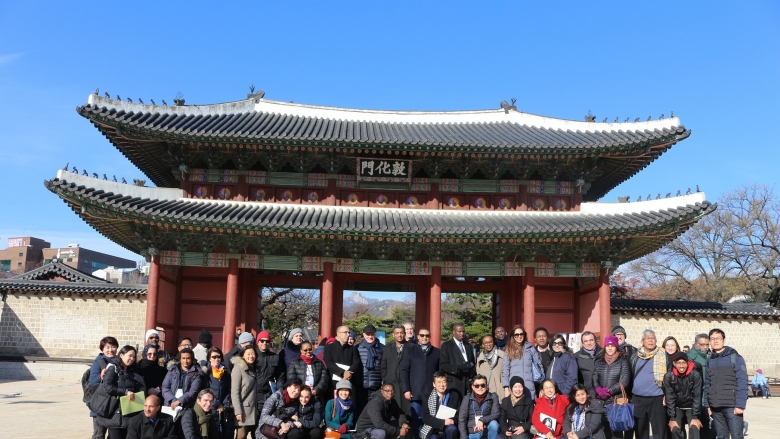Over the centuries, war, neglect and unplanned urban expansion have laid waste to great cultural heritage sites around the world. Cultural heritage sites and historic cores in cities are not only valuable for our understanding of human history, but also for their ability to be used as assets in the tourism industry, generating economic development.
Many countries and cities are now looking for innovative ways to create sophisticated urban environments tying history and modernity while managing increasing pressures from rapid urbanization.
At a recent workshop held in Seoul, senior officials from 11 countries where the World Bank has relevant active or pipeline programs, World Bank teams, UNESCO officials and Korean experts discussed how the restoration and preservation of cultural heritage, urban regeneration, and sustainable tourism can become powerful tools for local economic development, social integration, and poverty reduction.
“With the UN declaration of 2017 as the International Year of Sustainable Tourism for Development, tourism is growing and can grow faster in a sustainable manner. After passing 1 billion international visitors in 2012, the global industry is expecting 1.8 billion by 2030. Korea, including its capital city, Seoul, offers excellent examples and lessons to share with other countries” said Sameh Wahba, director of the Social, Urban, Rural and Resilience Global Practice of the World Bank.
The five-day long program featured expert presentations about Seoul’s transformative experience and also global cases from Kyoto, UNESCO and World Bank operations. Participants also shared their key challenges and sought advice from peers and resource experts during discussion sessions.
The program and learning materials were based on the report Seoul’s Experience in Cultural Heritage, Sustainable Tourism, and Urban Regeneration, written by Korean experts from the University of Seoul (UoS) research team. The research tracks Seoul’s evolution over the last 50 years with in-depth analysis of five case studies: two World Heritage Sites (Changdeokgung Palace, Jongmyo Shrine); two historic quarters (Bukchon Village and Jangsu Village) and a former water filtration plant which was regenerated into a park (Seonyudo Park). Based on the lessons learned, the report answers three specific questions which are important for other countries on a similar path.


